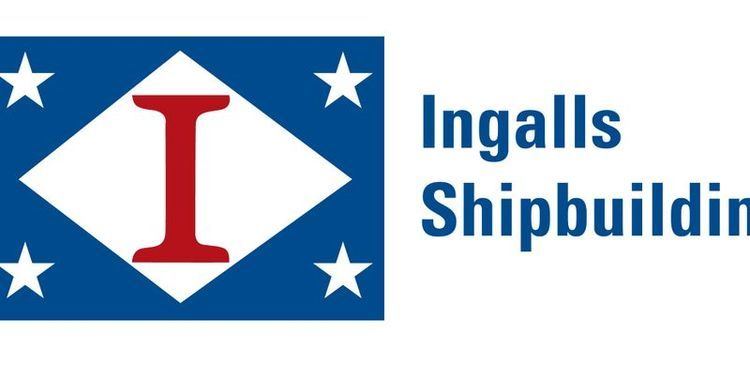Founded 1938 | ||
 | ||
Parent organization | ||
Ingalls shipbuilding launches lpd 27
Ingalls Shipbuilding is a shipyard located in Pascagoula, Mississippi, United States, originally established in 1938, and is now part of Huntington Ingalls Industries. It is a leading producer of ships for the United States Navy, and at 12,500 employees and going to hire 1,500 more employees, the largest private employer in Mississippi.
Contents
- Ingalls shipbuilding launches lpd 27
- Ingalls shipbuilding
- History
- Products
- Ships built
- Submarines
- Destroyers
- Cruisers
- Cutters
- Amphibious transport dock
- Amphibious assault ship
- Attack transport
- Corvette
- Tankers
- Cruise ships and ocean liners
- Ships refitted
- References
Ingalls shipbuilding
History
In 1938, Ingalls Shipbuilding Corporation was founded by Robert Ingersoll Ingalls, Sr. (1882–1951) of Birmingham, Alabama, on the East Bank of the Pascagoula River in Mississippi. Ingalls was located where the Pascagoula River runs into the Gulf of Mexico. It started out building commercial ships including the USS George Clymer (APA-27), which took part in Liberty Fleet Day 27 September 1941. In the 1950s Ingalls started bidding on Navy work, winning a contract in 1957 to build 12 nuclear-powered attack submarines.
Litton Industries acquired Ingalls in 1961, and in 1968 expanded its facilities to the other side of the river. Ingalls reached a high point of employment in 1977, with 27,280 workers. In April 2001, Litton was acquired by the Northrop Grumman Corporation.
On August 29, 2005, Ingalls facilities were damaged by Hurricane Katrina; most of the ships in dock and construction escaped serious harm. While shipbuilding was halted for a while due to the destruction of many buildings, most vehicles, and the large overhead cranes, the facility continues to operate today.
On March 31, 2011, Northrop Grumman spun off its shipbuilding sector (including Ingalls Shipbuilding) into a new corporation, Huntington Ingalls Industries.
In 2015, Ingalls Shipbuilding Company signed a contract with US Navy for new destroyers, littoral combat ships and new landing craft. USS John Finn (DDG-113) was one of the first destroyers was launched on March 28. Company also is building Ralph Johnson (DDG 114), Paul Ignatius (DDG 117) and Delbert D. Black (DDG 119).
On March 21, 2015, the new San Antonio LPD 17-class amphibious ship John P. Murtha (LPD 26) was ceremonially christened. The vessel having been launched on October 30 and scheduled to be delivered in 2016.
On March 27, 2015, the shipyard received construction contracts for their next destroyers. Ingalls Shipbuilding Company was awarded a $604.3 million contract modification to build the yet-to-be-named DDG 121.
On March 31, 2015, the shipyard also received another contract with a $500 million fixed price to build the eighth and last National Security Cutter (NSC) for the US Coast Guard. Most of them will be under construction until 2019. The cutters are the most advanced ships ever built for the Coast Guard.
On June 30, 2016, Ingalls Shipbuilding signed a contract with US Navy to build the U.S. Navy's next large-deck amphibious assault warship. The contract included planning, advanced engineering and procurement of long-lead material, is just over $272 million. If options are exercised, the cumulative value of the contract would be $3.1 billion
Products
Ingalls' primary product has been naval ships, and naval projects for Egypt, Israel, and Venezuela. In the 1950s, Ingalls attempted to enter the diesel locomotive market. They catalogued an extensive product line, but only one example, known as the model 4-S, was produced. It was sold to the Gulf, Mobile & Ohio Railroad. Ingalls also manufactured covered hopper railroad cars in the early 1980s, producing around 4,000 units, primarily for the lease market via North American Car.
Ships built
Ships built by Ingalls include:
Submarines
Destroyers
Cruisers
Cutters
Amphibious transport dock
Amphibious assault ship
Attack transport
Bayfield-class attack transports
Corvette
Tankers
T5 Tanker prototype, 615-foot vessel intended for possible conversion to atomic power, 1958
